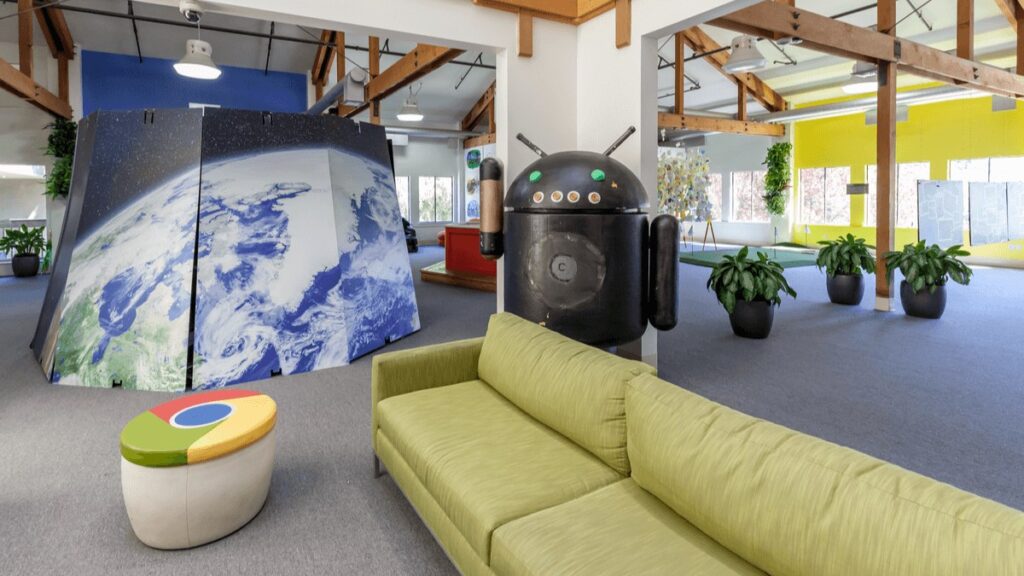
Google’s parent company, Alphabet Inc. on announced Friday its latest innovative approach to tidying up the search engine’s U.S.-based offices by using multi tasker robots to fulfill different purposes, leading for general-purpose robots to assist humans on a daily basis.
The team behind the machinery, developed by X, Alphabet’s innovation division, publicized that its prototype multi tasker robots have reached a certain intellectual level to operate autonomously at the search engine’s headquarters, Mountain View, California.
“The same robot that sorts trash can now be equipped with a squeegee to wipe tables and use the same gripper that grasps cups can learn to open doors,” Chief Robot Office (CRO) for Everyday Robots, Hans Peter Brøndmo said in a written statement.
Alphabet’s robots will be able to simultaneously indulge in not one, but various tasks. The team’s goal is to develop a robot with the ability to learn from its tasks by extracting the process of forcing developers to constantly program it to conduct a specific chore under certain conditions.
“Imagine trying to script all the possible ways to pick up a cup of coffee, anticipate the lighting, or open a door. It simply wouldn’t scale,” Brøndmo added. task
So how will the team manage this cyborg innovation?
Division X’s team of developers implemented machine learning algorithms to train the multi tasker robot to fulfill a chosen goal through repetitive trial and error simulations. Everyday Robots machinery will practice doing a specified task in a 3D simulation before applying its knowledge in the real world.
This methodology of incorporating 3D simulation with machine learning algorithms will fundamentally minimize the periodic factor of training a robot to do these tasks.
“Back in 2016, when we weren’t using simulation and were using a small-lab configuration of industrial robots to learn how to grasp small objects like toys, keys and everyday household items, fit took the equivalent of four months for one robot to learn how to perform a simply grasp with a 75 percent success rate,” Brøndmo stated.
Additional development would be the robot’s augmented capability of learning a singular task and re-apply it to achieve another goal. This can only be plausible by training the robot to use algorithmic and learnings behavior to complete many tasks, simply by mirroring a previous one.
Alphabet’s division X team has already initiated a scheme to deploy these multi tasker robots across Google’s office based in the San-Francisco Bay area, despite the CRO’s cautions of slow progress haste. The team’s leading focus now is to suitably train these robots to learn new tasks to assist the company’s employees.